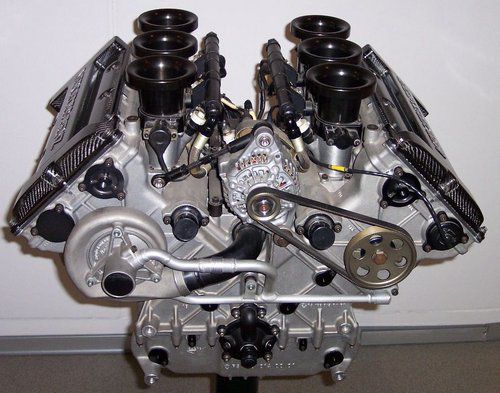-
 X-rays
X-rays
-
 Analgesic
Analgesic
-
 Transposition cipher
Transposition cipher
-
 Endoprosthesis
Endoprosthesis
-
 STED microscopy
STED microscopy
-
 Polysynthetic
Polysynthetic
-
 Tornado
Tornado
-
 YBCO
YBCO
-
 Tombolo
Tombolo
-
 Stomach
Stomach
-
 Goldschmidt classification
Goldschmidt classification
-
 AZF disaster
AZF disaster
-
 Pussy willow
Pussy willow
-
 Nuclear fusion
Nuclear fusion
-
 Sunspot
Sunspot
-
 Saros
Saros
-
 Monterey cypress
Monterey cypress
-
 Restriction enzymes
Restriction enzymes
-
 Barbule
Barbule
-
 dMRI
dMRI
-
 Mercalli scale
Mercalli scale
-
 LEO orbit
LEO orbit
-
 Oligonucleotide
Oligonucleotide
-
 Anticoagulant
Anticoagulant
-
 Threshold dose
Threshold dose
-
 Electron
Electron
-
 Cathode
Cathode
-
 Nucleosome
Nucleosome
-
 Vortex line
Vortex line
-
 Condensation nucleus
Condensation nucleus
Internal combustion hydrogen engine
There are three types of hydrogen engines:
- reaction engine;
- internal combustion engine;
- combined fuel cell and combustion engine.
Principle of the internal combustion hydrogen engine
The internal combustion hydrogen engine, also called an explosion engine, converts the chemical energy of the explosive reaction between dihydrogen and dioxygen into mechanical energy:
2 H2 + O2 = H2O + energy
The recovered mechanical energy activates a piston according to the same principle used for a petrol or diesel explosion engine. However, the specific qualities of hydrogen require that a few modifications be made in consideration of its gaseous state, its tendency to self-ignite, its quicker speed of combustion and its corrosive effect.
In addition, adjustments are necessary in order to limit the nitrogen oxide emissions (NOx) caused by the oxidation of atmospheric nitrogen.
The efficiency of this engine is between 30 and 40%.
Currently, vehicles sold or designed with this type of engine are flex-fuel or hybrid, to compensate for the shortcomings in hydrogen distribution and autonomy.
 A classic internal combustion engine for a vehicle. © DR
A classic internal combustion engine for a vehicle. © DR
Latest
Fill out my online form.



